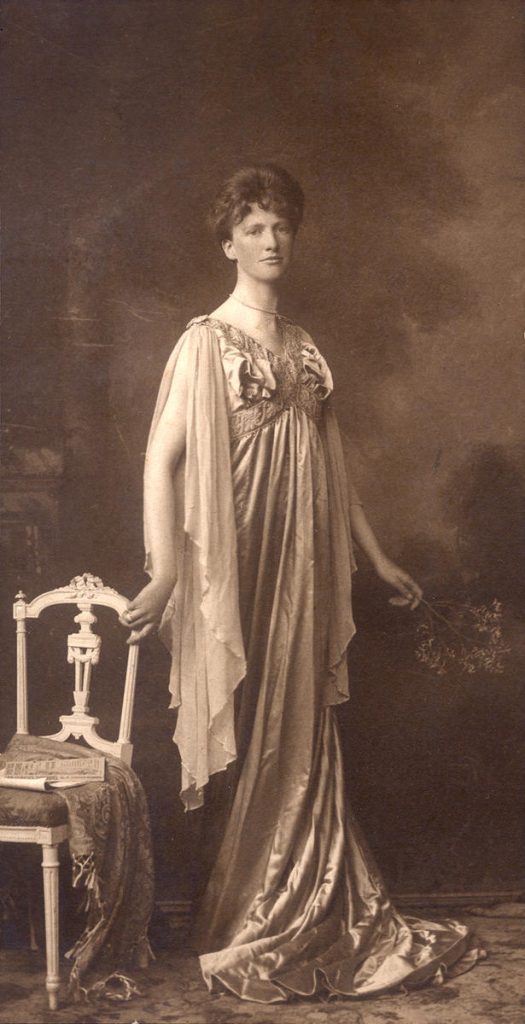The Woman Who Started Save the Children
At the turn of the 20th century, a British social reformer had a bold vision to protect children and their rights. She defied gender norms to do what she believed in. 100 years later, we’re continuing her fight for boys and girls – now, in more than 120 countries. This is the story of our founder, Eglantyne Jebb.
In 1919, 35-year-old Eglantyne Jebb began handing out leaflets in Trafalgar Square after seeing horrifying newspaper photos of starving children in Europe. Although a ceasefire was declared on November 11, 1918, Allied troops continued to hold a blockade against enemy ports, restricting their access to essential supplies. As a result, famine threatened more than three million children in Europe.
The newspaper images Eglantyne saw inspired her to join Fight the Famine Council, a group working to get life-saving food and medical supplies to these children. Eglantyne and her sister actively campaigned for humanitarian aid to help children no matter who they are or where they live, and to lift the post-war blockade. She defied Victorian social norms and took to Trafalgar Square to arouse public interest of the starving children in Europe. Her leaflets showed a shocking photo of two emaciated children with the headline: “Our blockade has caused this – millions of children are starving to death.”
Challenging the norms
At the turn of the 20th century, women – like our founder – started to challenge preconceived notions that women had little opportunities beyond those of the home. Women started to increasingly promote gender equality by asserting themselves into the public sphere through education, work and entertainment. Eglantyne was arrested for her protest in London. She was found guilty, but the prosecutor was so impressed with her commitment to children that he offered to pay the fine himself. It was the first donation to the organization she went on to found in May 1919, Save the Children.
The child must be the first to receive relief in times of distress.




